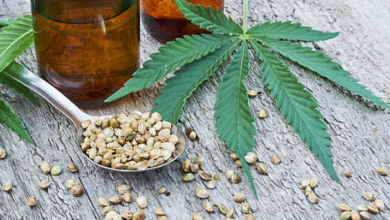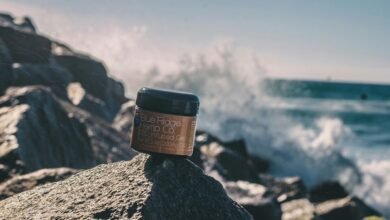Is There Cbd in Thc

The relationship between CBD and THC is complex and nuanced. Both compounds are derived from cannabis, yet their interactions can vary significantly in different products. While THC-dominant formulations may contain trace amounts of CBD, the concentration is often minimal. This raises important questions about the therapeutic implications and overall consumer experience. What factors influence the presence of CBD in THC products, and how should consumers navigate these options?
Understanding CBD and THC: The Basics
Although both cannabidiol (CBD) and tetrahydrocannabinol (THC) are prominent cannabinoids found in the cannabis plant, they possess distinct characteristics and effects.
CBD benefits include anti-inflammatory and anxiolytic properties, making it appealing for therapeutic use without psychoactive effects.
Conversely, THC effects lead to euphoria and altered sensory perception, often contributing to its recreational use.
Understanding these differences is essential for informed choices regarding cannabis consumption.
The Chemical Relationship Between CBD and THC
The chemical relationship between cannabidiol (CBD) and tetrahydrocannabinol (THC) is rooted in their shared origin from the cannabis plant and their structural similarities.
Both compounds are cannabinoids, exhibiting distinct chemical compositions that influence their interactions within the body.
The cannabinoid interaction between CBD and THC can modulate effects, highlighting the importance of understanding their chemical relationship for effective therapeutic applications.
Exploring the Presence of CBD in THC Products
How prevalent is cannabidiol (CBD) in products primarily containing tetrahydrocannabinol (THC)?
CBD extraction methods and THC ratios significantly influence the presence of CBD in these products.
While many THC-dominant formulations may contain trace amounts of CBD, comprehensive analysis reveals varying levels based on production techniques.
Consequently, consumers should consider specific ratios and extraction processes to understand the CBD content within THC products accurately.
Making Informed Choices: What Consumers Should Know
What factors should consumers consider when evaluating THC products for CBD content?
Consumer awareness is essential; individuals should scrutinize product labeling for accurate information regarding cannabinoid concentrations.
Understanding the distinction between THC and CBD, along with their effects, empowers consumers to make informed choices.
Additionally, verifying third-party lab results can further enhance transparency and trust in the products being purchased.
Conclusion
In conclusion, while THC-dominant products may contain trace amounts of CBD, the concentrations are generally minimal. This interplay between cannabinoids can significantly affect consumer experiences and therapeutic outcomes. Notably, a study published in the Journal of Pain Research found that a combined ratio of CBD to THC can enhance pain relief, with a 1:1 ratio being particularly effective for some patients. As such, it is essential for consumers to scrutinize product labels and lab results to make informed choices.






